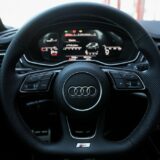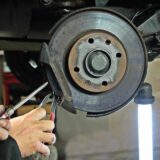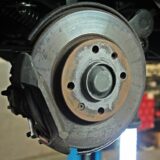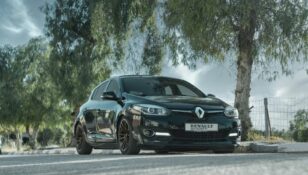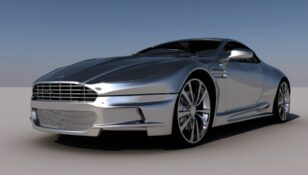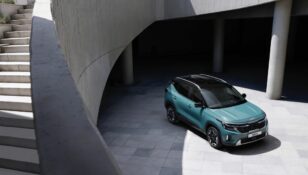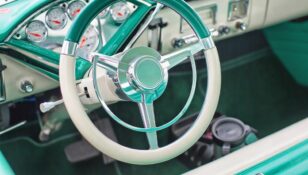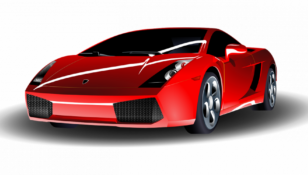VW Beetle: A Timeless Classic
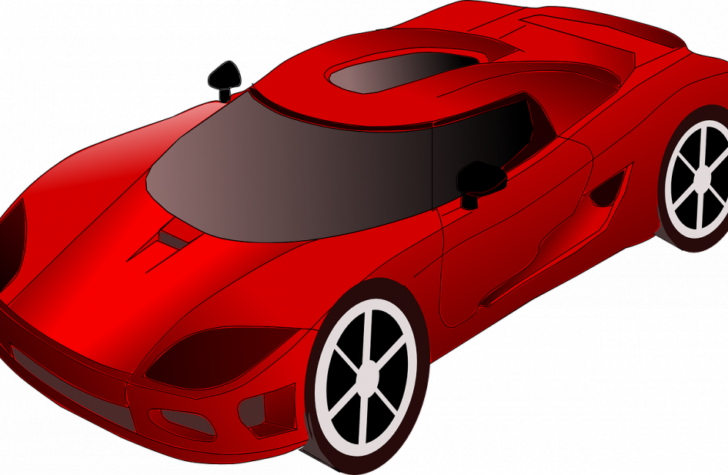
Introduction:
The VW Beetle, also known as the Volkswagen Type 1, is a legendary car that has captured the hearts of millions worldwide. In this article, we will delve into the history, evolution, and significance of this iconic vehicle. Whether you are a car enthusiast or simply curious about this remarkable automobile, this article will provide you with a comprehensive overview. So buckle up and let’s take a journey into the world of the VW Beetle.
Historical Background:
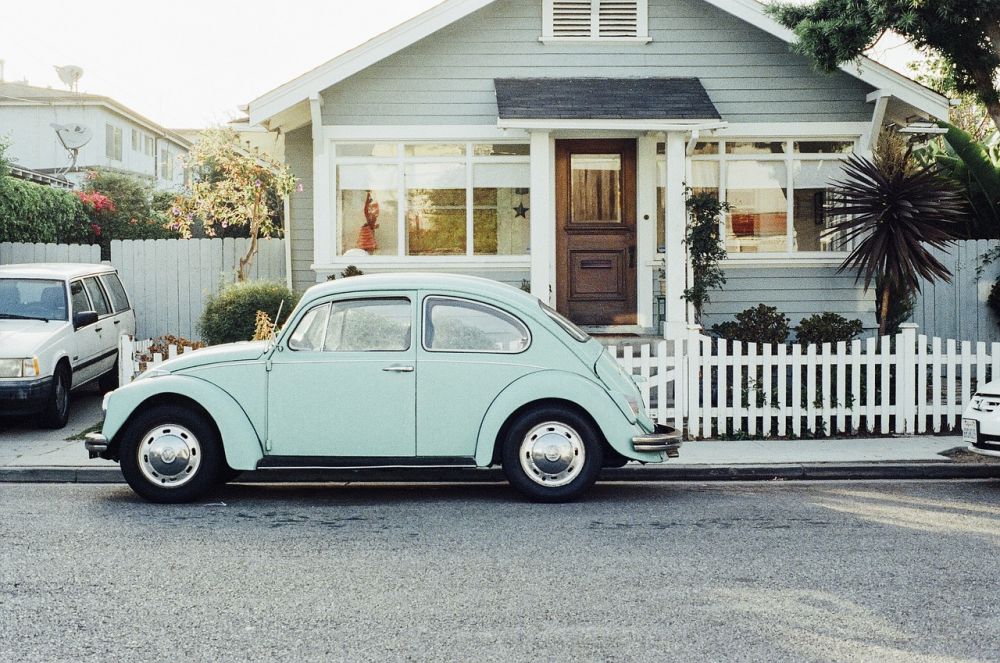
The story of the VW Beetle dates back to the early 1930s when Ferdinand Porsche was tasked with designing an affordable and reliable car for the average German citizen. The first prototype was unveiled in 1938, and production officially began in 1945 after World War II. The Beetle quickly gained popularity due to its distinctive design, durability, and affordability. It became synonymous with the post-war German economic miracle and stood as a symbol of hope and rebirth.
Evolution of the VW Beetle:
Over the years, the VW Beetle has gone through several transformations, constantly adapting to the changing trends and demands of the automotive industry. Let’s take a closer look at its evolution:
1. Early Years (1938-1950s):
During its early years, the Beetle featured a rear-mounted air-cooled engine and a rounded, beetle-like shape, hence the name. Its simplicity, robustness, and overall engineering proved to be a winning formula.
2. The Beetle Craze (1960s-1970s):
The 1960s saw the peak of the Beetle’s popularity, especially in the United States. It became a symbol of counterculture and rebellion. Customization and modifications became common, with the introduction of features like sunroofs, pop-out windows, and vibrant paint jobs. The Beetle carved its place in pop culture, appearing in movies, songs, and even as iconic toys.
3. Modern Upgrades (1980s-Present):
In the 1980s, Volkswagen redesigned the Beetle to meet the demands of a more modern era. The “New Beetle” was launched in 1998, featuring updated technology, improved safety features, and a more streamlined design. Although it retained its iconic shape, the New Beetle introduced a touch of modernity.
Significance and Influence:
The VW Beetle holds a special place in the hearts of car enthusiasts and collectors. Its timeless design and historical legacy have made it a true automotive icon. Here are some reasons why the VW Beetle is so significant:
1. Cultural Phenomenon:
The Beetle has transcended its status as a mere car and become a cultural phenomenon. It has been associated with freedom, individuality, and a sense of adventure. From the hippie movement to Hollywood movies, the Beetle has left an indelible mark on popular culture.
2. Engineering Feat:
The engineering behind the Beetle is no less impressive. Its rear-mounted engine and platform design allowed for incredible balance and traction. The air-cooled engine was economical and low maintenance, making it a reliable choice for countless drivers.
3. Lasting Legacy:
The production of the original Beetle came to an end in 2003, marking the end of an era and the beginning of a new chapter in automotive history. However, its legacy lives on through the New Beetle and the modern-day Volkswagen Beetle models.
Conclusion:
The VW Beetle is a car that has defied the odds and stood the test of time. Its unique design, cultural significance, and lasting impact have solidified its place in the annals of automotive history. Whether you are a proud owner of a Beetle or simply admire its charm from afar, this iconic car will continue to captivate generations to come. Long live the VW Beetle!

